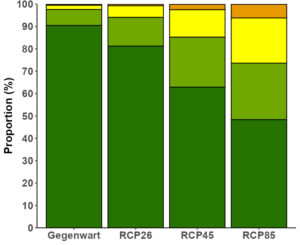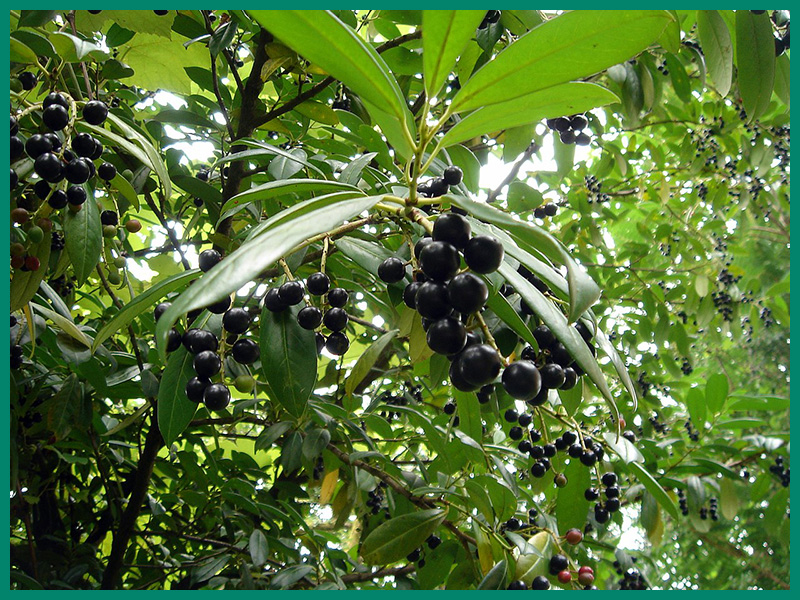Prunus laurocerasus
Cherry Laurel
Prunus laurocerasus, also known as cherry laurel, is an evergreen shrub or small tree originally from south-eastern Europe and Asia Minor. It has been introduced as an ornamental plant in many parts of the world, including North America and Europe, and has proved invasive in some areas. The plant can grow up to 6 metres tall and is characterised by dark green, glossy, leathery leaves and white, fragrant flowers that appear in spring and are pollinated by bees and other insects. The flowers develop into small, black, cherry-like fruits that are dispersed by birds. Prunus laurocerasus is known for its adaptability and can grow in a wide range of soil types, including dry and heavy clay soils. However, it prefers moist, well-drained soils and partial shade. The plant has a fast growth rate and can be propagated both by seed and vegetatively by root suckers and saplings. It also forms dense mats of undergrowth that block light and inhibit the growth of other plants.
Types of damage
Region of origin
Caucasus, Asia Minor

Introduction vectors
Current distribution
Based on the FlorKart Database of the Federal Agency for Nature Conservation, as of 2013
Miscellaneous
Dispersion forecast
Indicates the proportion of land suitable for habitat under current and future climate conditions (2060-2080) under three emission scenarios (RCP26, RCP45 & RCP85).

Habitat suitability under current climate conditions
These habitat suitability maps show for Prunus laurocerasus where suitable habitat conditions exist.
The map on the left shows this for current climate conditions. Below this are maps for the time classes 2040-2060 and 2061-2080, in which three different emission scenarios can be selected.
The slider at the top left allows you to adjust the opacity of the map to make orientation easier.
By clicking on the respective quadrant, information on the environmental conditions present in it can be called up.
The methodology is explained here .














